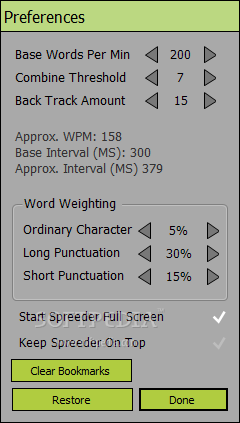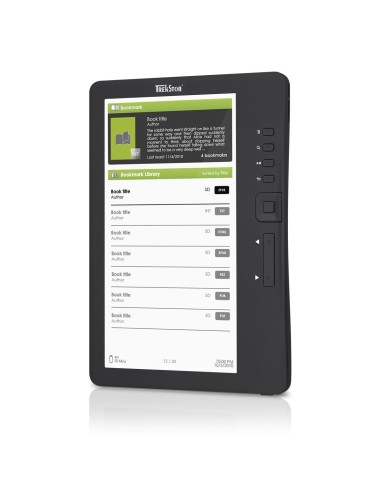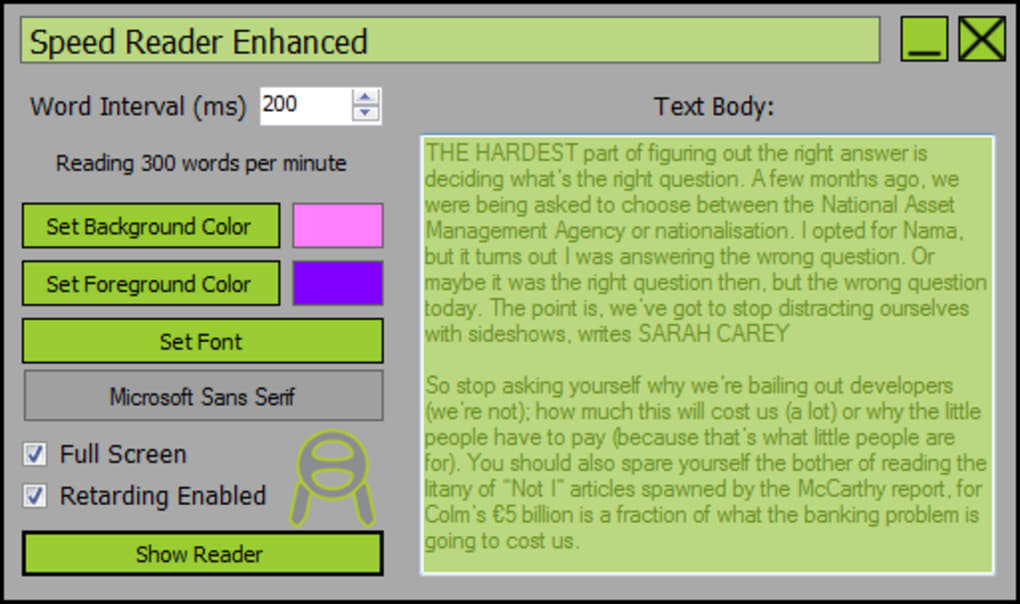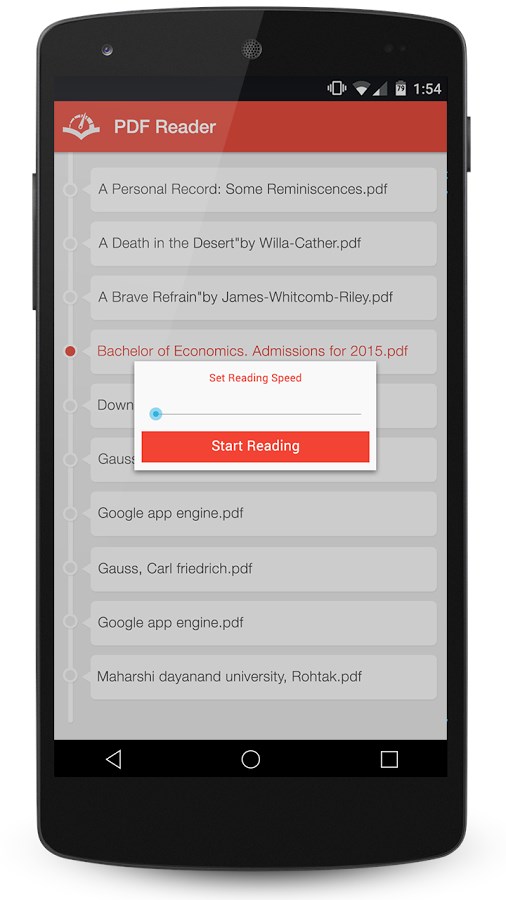
- Speed reader for txt files how to#
- Speed reader for txt files code#
- Speed reader for txt files download#
Sometimes you’ll want to store the data that you read in a collection object, such as a Python list.
Speed reader for txt files how to#
# See you later! How to Read a Text File in Python to a List Thankfully, the file object we created is an iterable, and we can simply iterate over these items: # Printing all lines, line by line This process can feel a bit redundant, especially because it requires you to know how many lines there are. We can call the method multiple times in order to print more than one line: # Reading multiple lines in Python In the example above, only the first line was returned. Let’s see how we can use this method to print out the file line by line: # Reading a single line in Python This can be very helpful when you’re parsing the file for a specific line, or simply want to print the lines slightly modified. readline() method returns only a single line at a time. This is where being able to read your file line by line becomes important. In some cases, your files will be too large to conveniently read all at once. How to Read a Text File in Python Line by Line If the argument provided is negative or blank, then the entire file will be read. Let’s see how we can modify this a bit: # Reading only some characters


read() method also takes an optional parameter to limit how many characters to read. read() method returns a string, meaning that we could assign it to a variable as well.

# Today we’re learning how to read text files. read() method to read an entire text file in Python: # Reading an entire text file in Python Let’s see how we can use a context manager and the. This can be helpful when you don’t have a lot of content in your file and want to see the entirety of the file’s content. Let’s start by reading the entire text file. Ok, now that you have an understanding of how to open a file in Python, let’s see how we can actually read the file! How To Read a Text File in Python The context manager then implicitly handles closing the file once all the nested actions are complete! We can see here that by using the with keyword, we were able to open the file. Let’s take a look at how we can use a context manager to open a text file in Python: # Using a context manager to open a fileįile_path = '/Users/nikpi/Desktop/sample_text.txt'
Speed reader for txt files code#
The context manager handles opening the file, performing actions on it, and then safely closing the file! This means that your resources can be safer and your code can be cleaner. close()įile.close() Handling Files with Context Managers in PythonĪ better alternative to this approach is to use a context manager. By default, Python will try and retain the resource for as long as possible, even when we’re done using it.īecause of this, we can close the file by using the. Python must be explicitly told to manage the external resources we pass in. At this, I’ll take a quick detour and discuss the importance of closing the file as well. When we run this, we’re opening the text file. Save the file and note its path into the file_path variable below: # Opening a text file in Pythonįile_path = '/Users/datagy/Desktop/sample_text.txt'
Speed reader for txt files download#
Feel free to download this text file, if you want to follow along line by line. Ok, let’s see how we can open a file in Python. The different arguments for the mode= parameter in the Python open function Open for writing (appends to file if it exists)

Open for exclusive creation (fails if file already exists) Open for writing (first truncates the file) Let’s take a look at the various arguments this parameter takes: Character This is controlled by the mode parameter. When opening a file, we have a number of different options in terms of how to open the file. In this tutorial, we’ll focus on just three of the most important parameters: file=, mode=, and encoding=. Newline=None, # How to identify new linesĬlosefd=True, # Whether to keep file descriptor open Let’s take a look at this Python open function: open(Įncoding=None, # The encoding used for the fileĮrrors=None, # How encoding/decoding errors are handled This function, well, facilitates opening a file. Since we’re focusing on how to read a text file, let’s take a look at the Python open() function. Python provides a number of easy ways to create, read, and write files. How to Read a Text File in Python with Specific Encoding.How to Read a Text File in Python to a Dictionary.How to Read a Text File in Python to a List.How to Read a Text File in Python Line by Line.


 0 kommentar(er)
0 kommentar(er)
